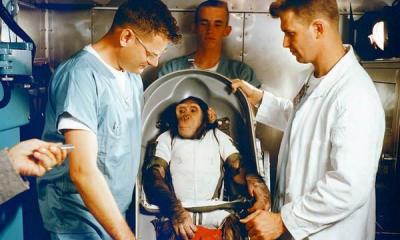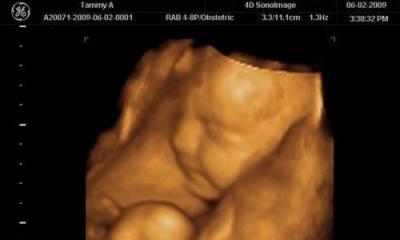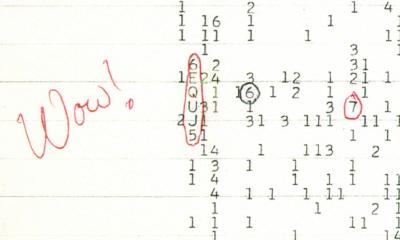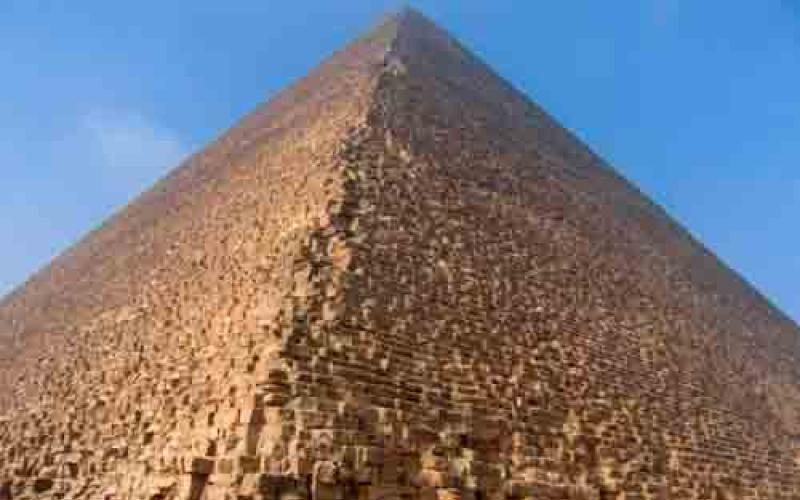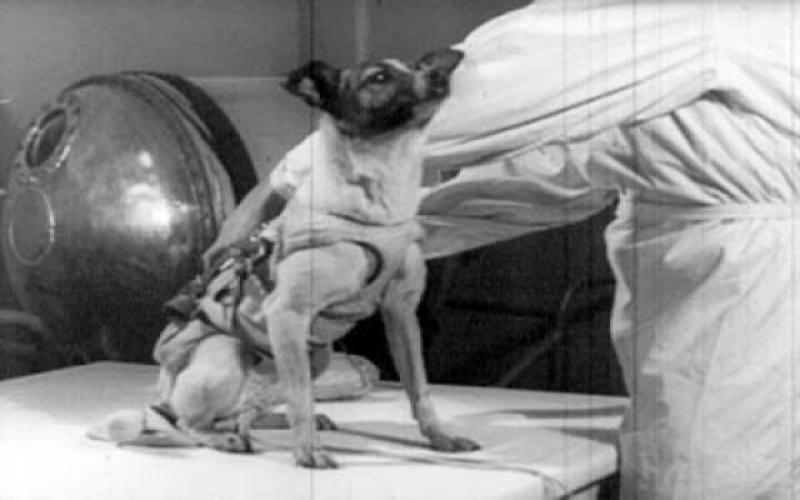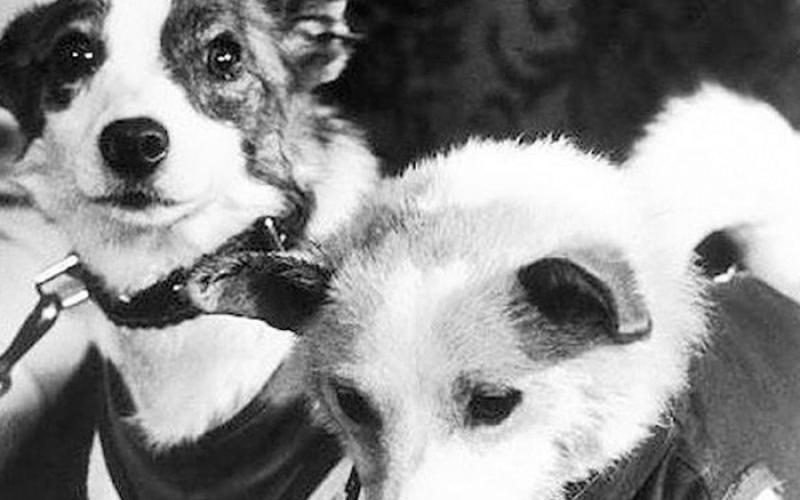The Urals is a unique geographical region, along which the border of two parts of the world - Europe and Asia - passes. Several dozens of monuments and commemorative signs have been erected on this border for more than two thousand kilometers.
Ural map
The region is based on the Ural mountain system. The Ural Mountains stretch for more than 2500 km - from the cold waters of the Arctic Ocean to the deserts of Kazakhstan.
Geographers divided the Ural Mountains into five geographical zones: Polar, Subpolar, Northern, Middle and Southern Urals. The highest mountains in the Subpolar Urals. Here, in the Subpolar Urals, is the highest mountain in the Urals - Mount Narodnaya. But it is these northern regions of the Urals that are the most inaccessible and underdeveloped. On the contrary, the lowest mountains are located in the Middle Urals, which is also the most developed and densely populated.
The Urals include such administrative territories of Russia: Sverdlovsk, Chelyabinsk, Orenburg, Kurgan regions, Perm Territory, Bashkortostan, as well as the eastern parts of the Komi Republic, the Arkhangelsk region and the western part of the Tyumen region. In Kazakhstan, the Ural Mountains can be traced in the Aktobe and Kustanai regions.
Interestingly, the term "Ural" did not exist until the 18th century. We owe the appearance of this name to Vasily Tatishchev. And until that moment, only Russia and Siberia existed in the minds of the inhabitants of the country. The Urals were then attributed to Siberia.

The modern history of the Urals begins with the campaign of Yermak's squad, who started to conquer Siberia. However, this does not mean at all that the Ural Mountains were nothing interesting before the arrival of the Russians. Since ancient times, people with their own special culture have lived here. Archaeologists have found thousands of ancient settlements in the Urals.
With the beginning of the Russian colonization of these territories, the Mansi who lived here were forced to leave their original places, moving further and further into the taiga.
The Bashkirs were also forced to retreat from their lands in the south of the Urals. Many Ural factories were built on Bashkir lands, bought from the Bashkirs by breeders for next to nothing.
Not surprisingly, Bashkir riots broke out from time to time. Bashkirs raided Russian settlements, burned them to the ground. It was a bitter retribution for the humiliation they experienced.

A.N. Aleshkov believed that the idea of the highest peak of a mountainous country is in harmony with this word; the name came to him only by association with the name of the Naroda River ... "
However, now it is officially customary to put stress on the first syllable - NATIONAL. Such is the contradiction.
Meanwhile, scientists have found out that the old, original Mansi name of the mountain is Poengurr.

Mount Narodnaya and its environs became a popular tourist route only from the late 1950s and early 1960s. At the same time, the appearance of the main peak of the Ural Mountains began to change. Signs, commemorative signs began to appear here, and even a bust of Lenin appeared. Also, among tourists, the custom has taken root to leave notes on the top of the mountain. In 1998, a worship cross with the inscription "Save and save" was installed here. A year later, the Orthodox went even further - they organized a religious procession to the highest point of the Urals.

Climbing equipment is not required to climb the highest point of the Ural Mountains. Nevertheless, to make a hike in this wild and mountainous area, it is necessary to have a good sports shape, and if there is insufficient tourist experience, it is better to use the services of an experienced guide.
Keep in mind that the climate in the Subpolar Urals is harsh. Even in summer, the weather is cold and changeable.
The most favorable period for hiking is from July to mid-August. The trip will take about a week. There is no housing here and you can only spend the night in tents.

The mountain got its name from the name of the hunter Konzhakov, a representative of the Mansi people, who previously lived in a yurt at the base of the mountain. Tourists usually call Konzhakovsky Stone simply Konzhak.

The height of the Konzhakovsky Stone is 1569 meters above sea level. The rock mass is composed of pyroxenites, dunites and gabbro. It consists of several peaks: Trapeze (1253 meters), South Job (1311 meters), North Job (1263 meters), Konzhakovsky Stone (1570 meters), Sharp Kosva (1403 meters) and others.



Devil's Settlement in the Middle Urals


As for the origin of the name, it is quite obvious. These rocks appear too unnatural to the satellite - as if they were built by an unclean force. However, there is another, rather original hypothesis of the origin of the toponym. The fact is that the word "Chortan", more precisely "Sortan", can be decomposed into components "Sart-tan". Translated from the Mansi language, this is “front trade”. These words, when perceived by Russians, were transformed - Sartan - Chertyn - Devil. So it turned out Devil's Settlement - the settlement of the front trade.
As archaeologists have established, people have been present in the area of Devil's Settlement since ancient times. During the excavations at the foot of the rocks, many shards of pottery and pieces of sheet copper were found. They also found copper pendants-amulets. The finds date back to the Iron Age.

On May 26, 1861, a campaign took place, initiated by a resident of the Verkh-Isetsky plant, Vladimir Zakharovich Zemlyanitsyn, a priest, a full member of the OULE. He invited his acquaintances (also members of the OOLE) - the bookseller Pavel Alexandrovich Naumov and the teacher of the Yekaterinburg gymnasium Ippolit Andreevich Mashanov.
« One of the permanent residents of the Verkh-Isetsky plant V.Z.Z. I decided to visit the Devil's Settlement with my acquaintance, having heard from local old-timers about (its) existence near Lake Isetskoye<…>. From Verkh-Isetsk, they drove first to the north-west along the winter Verkh-Nevinsky road to the village of Koptyaki, lying on the south-west of the shore of Lake Iset. In Koptyaki, the travelers spent the night in the house of elder Balin. In the evening we went to the shore of Lake Isetskoye, admired the view of the lake and the spurs of the Ural Mountains on the opposite shore, and the slightly noticeable village of Murzinka on the northern shore. On the lake in the distance, the Solovetsky Islands were visible - schismatic sketes existed on them. The next day, May 27, the travelers left, admonished by the advice of the elder Balin. According to him: "Unclean Force" painfully plays near the "Settlement" and often leads the Orthodox astray. The travelers went to the “dam”, located two versts from Koptyakov<…>.
Leaving the horses at the watchman's dam and asking again about the road to the Settlement, the travelers decided to set off alone, without a guide, having only a compass with them.<…>Finally, passing the swamp, they went through the mountains to a wide clearing. The clearing rested on an isthmus that connected two low mountains. Three giant larches grew between the mountains, which later served as beacons for those going to the "Gorodishche". They are hiding in the forest on the right mountain. Then there was a climb up the mountain, first through thick grass, then through brown, and, finally, along the so-called "Devil's Mane" among the people. However, this "mane" greatly facilitates the ascent to the "Devil's Settlement", because you walk on granite slabs, as if on steps. One of the travelers was the first to reach the "Devil's Mane" and shouted: "Hurrah! It must be close! Indeed, among the pine forest<…>some whitened<…>weight. It was "Devil's Town".
Mashanov took samples of granite from Devil's Settlement and handed them over to the Uole Museum.

At present, Chertovo Gorodishche is the most visited rock mass in the vicinity of Yekaterinburg. Unfortunately, more than a hundred years of mass visits could not but affect the ecological situation and the appearance of the rock massif.


